![]()
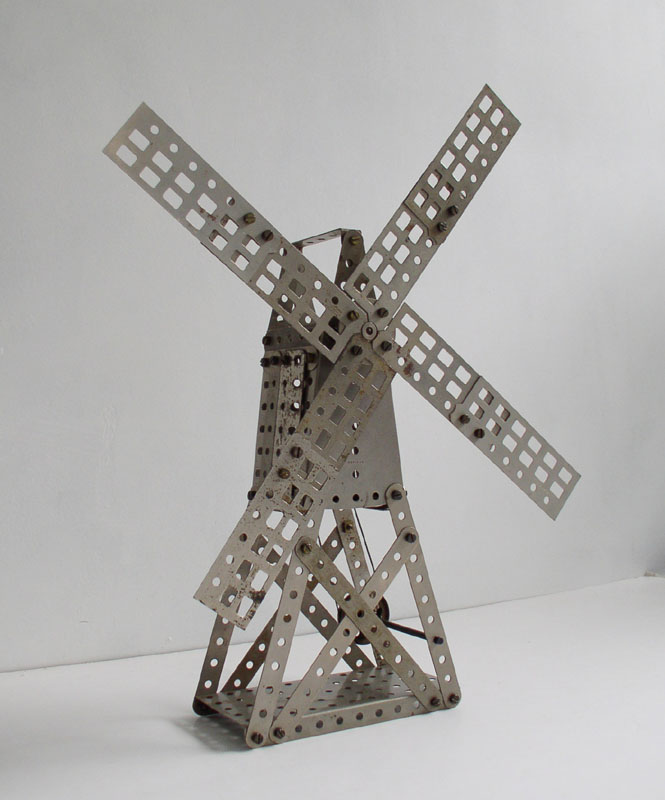
The windmill sails are made using eight of part No.61 this was introduced in 1913 and remained on the list parts produced by Binns Road until the factory closed in 1979. There are many variations of this part, from 1934 they were spray painted in two colours rather than stamped with square holes. The part was not included in sets after 1930. This was hardly a versatile part as you can see, when two are joined, the punched holes do not align had they done so the part could have had many more uses. The later spray painted versions do not have this problem. If you would like to see details and the history of this part follow this link part number 61 Windmill sails . The illustrations on the left date from the time of the introduction of the part. The model itself was not new but previously had long strips instead of the new part #61. A model based on that illustration using mainly contemporary parts is shown below. As simple a model as it is it is instantly recognised by even the smallest child as a windmill. The handle is turned and it works just like the advertisement states. So simple and still so pleasing to any small child even today whenever I display it there are always eager hands to turn the crank handle and see the sails turn. I
The red and green "windmill pump" shown below left is from the 1950 number 3 instruction manual and is built from the 1950 number 3 set shown above. The model instructions were first published in the pre-war number 3 instruction manual. There is a clever use of an angle bracket bolted to the boss of a 1" pulley to make a crank that effectively operates the pump. Note how in one view the crank handel is shown with a grip but the other view is without. This was not corrected until a new version of the model was published in 1954. I somehow feel the later version lacks the charm of the earlier, simpler "windmill pump." (an incorrect term as it is a wind pump) The later version is shown below right. The main changes are the use of the then new triangular plates plus the inclusion of parts that were in the earlier set but not used. In 1954 flexible plates changed to have slotted end holes but many of the models in the 1954 manual have the older plates. It is thought that the triangular parts were to have been introduced as long ago as 1950 but were delayed and the models had been prepared in anticipation of the earlier introduction of these parts. There is evidence of this in a Meccano publicity picture from a 1950 trade fair, which shows a 10 set model, not published until 1954 with these plates.
The red and green windmill below was illustrated in the 1962 set number 3 book of instructions. The model was hand operated but I have incorporated a small Meccano clockwork "Magic Motor" in the back of the model to turn the sails. 1962 marked a big change in Meccano with new packaging, new manuals using exploded diagrams and several new parts. The colour of the parts remained the light red and light green first introduced in 1959. The colour advertisement below is from the back of a contemporary Meccano Magazine advertising these changes. The choice of an 18th century windmill was quite an odd way to promote a new more up to date image for Meccano. The model was also featured on the box lid of the number 3 set. However it's a nice little model and does at least look like the real thing. Most of the previous smaller set windmills had been based on models dating back to around 1912. Things changed slowly at the Binns Road factory.
The windmill above is built from from parts from the 1964-1967 period and is not based on any particular set model. In 1964 following a take-over of Meccano Ltd. by the Lines (Triang Toys) Group there was a major shake up out went the familiar red and green and in came a completely new colour scheme: yellow Flexible, Strip and Perforated plates, black Flanged and Plastic Plates and aluminium finish Strips and Girders. This is powered by a clockwork Meccano Magic Motor.
Above is a very attractive windmill using 1920's windmill sails using re-sprayed parts by my much missed old Meccano friend Stan Knight from the U.S.A. The model is a scaled down version of a set 6 model from the 1954 manual of instructions.
Windmill based on 1954-1962 manual instructions. The model is built from mid nineteen fifties red and green parts including the attractive windmill sails not included in any outfits at this time.
This little windmill is from the 1954 No.1 Outfit manual built with red and zinc parts the model originaly dates from the 1930's instructions manual.
This model is built using only the parts in the Meccano Special Edition Set produced in 2008. The set was intended to be a representation of a set from the earlier days of Meccano in the late 1920s or early 1930s. It came with instructions for several models but they were not very inspiring and i thought it would be a challenge to build some better models but still sticking to earlier style models. This model windmill has rotating sails, a top that turns into the wind, a fan tail and winch for lowering the bags of flour. If you are inspired to build any of my Special Edition Set models you can see them here, please note that extra nuts and bolts will be required. I have also have an album showing more views of these models on the NZ Meccano web pages
|
July 11 2007 Revised April 28 2008, March 18 2010, May 29 2024
. ![]()
 From the earliest days of Meccano, models of windmills have been popular and have appeared in all most every instruction manual. The model above is however not from any manual but something I made up using nickel plated Meccano parts, dating from around the time of the First World War.
From the earliest days of Meccano, models of windmills have been popular and have appeared in all most every instruction manual. The model above is however not from any manual but something I made up using nickel plated Meccano parts, dating from around the time of the First World War. 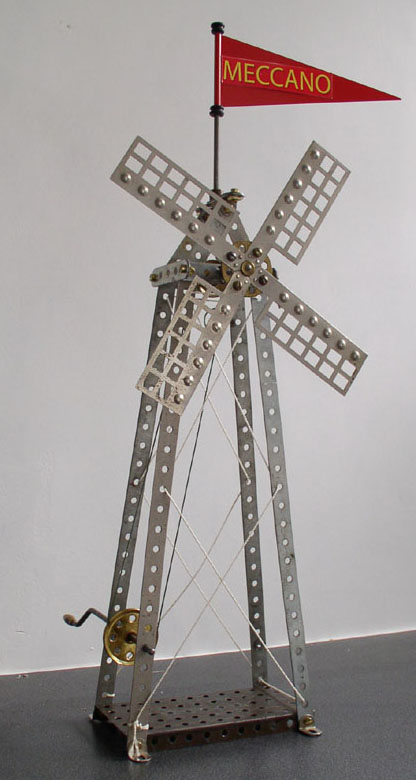

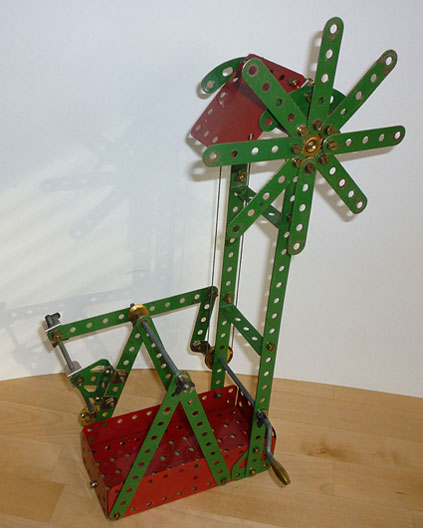
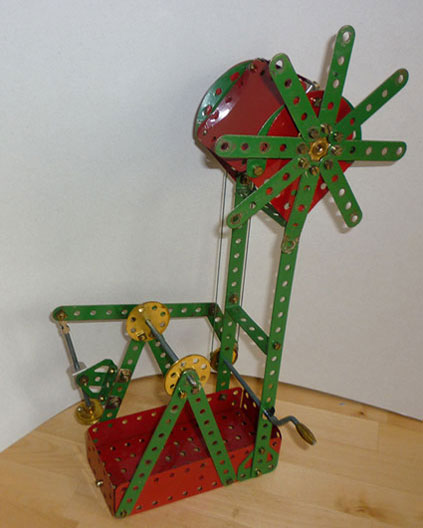
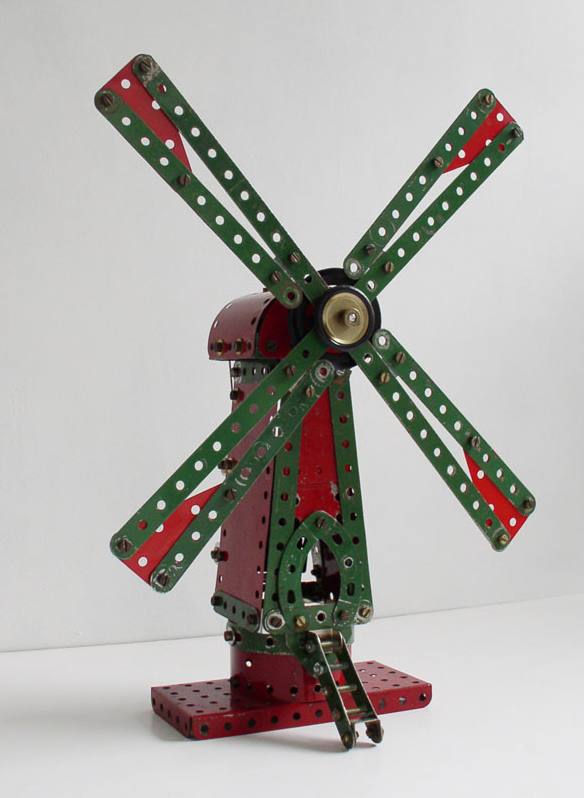
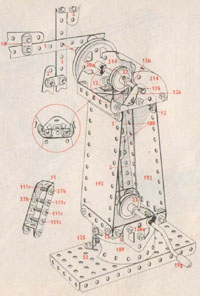
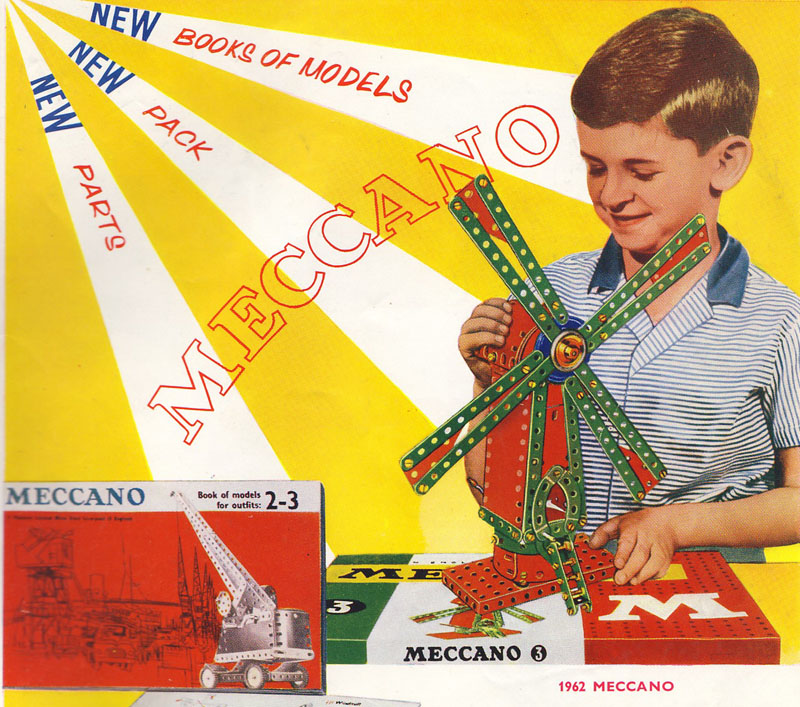
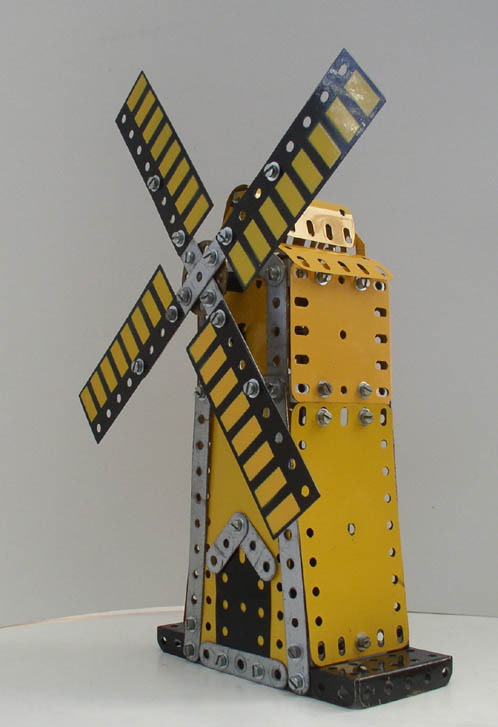
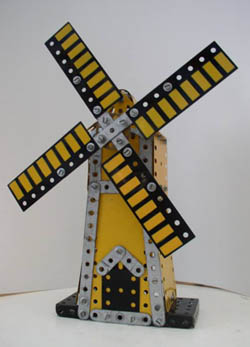





 .
.